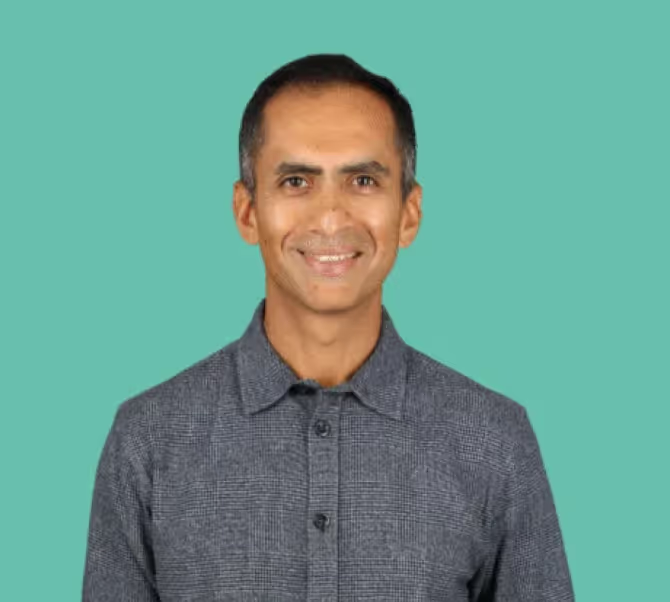Growth Marketing
Services
Growth Strategy & Project Setup

BENCHMARKING

Conversion Rate Optimisation (CRO)
In the terminology used in the Bullseye Framework, Business Development is building partnerships with other businesses who are “fishing in the same (customer) pond” as you. Partnerships have the potential to be very scalable and cost-effective routes to market, as you have other people recommending your business.

Landing Page Audit/Building
When we’re running the channel experiments it’s important we’re sending leads to high converting web pages. We want to guide your web dev team in the creation of high converting landing pages to test different message, this can eventually help with the positioning on the main website.

Competitor Analysis
It’s going to be important for us to understand the competition and what they are doing. We’ll pull together a report on reviewing: website engagements, incoming web traffic sources, traffic sources by channel, search traffic and keywords. This will help drive the strategy in the channel execution we’re undertaking.
Strategy

Marketing Strategy Documentation
We’ll put together a centralised document of all the Phase 1 outputs and deliverables. This document will be used to onboard the experts and new team members you bring on, guiding people on the growth strategy. It will also serve as a working document for all the team to update on what’s working in our growth plans.
Setup

Image / Video Asset Creation
This is a favourite channel for growth marketers, it’s building a tool to use as some form of “product for prospects”. You might see an opportunity to offer people a useful tool that enables you to capture their email address so you can market to them. This could come in the form of calculators, templated spreadsheets or makeshift tools (using tools like Outgrow).
Channel Implementation

DIRECT
ORGANIC

Search Engine Optimisation (SEO)
SEO, as the name suggests, is optimising your website to rank more highly on search engines and appear more frequently in searches containing specific words. As you can imagine, this can be quite a technical channel that needs a structured approach led by someone who knows what they’re talking about. The structure of the site, on-site content, number of backlinks, site speed, time on site and social signals are all variables in how search engines will rank your site. If you start ticking these boxes you’ll start to drive cheap, reliable, relevant organic traffic to your site.

Community Building
Building a community around the problem your business is solving can be a very effective way of being the top-of-mind solution when people think about the problem when they experience it. A community can solidify your reputation as a go-to, trustworthy solution. Building a community can also be an effective way to validate a market before launching, then selling into the community when you launch, using the members as early adopters.
PAID

Offline Ads
Offline ads can range from advertising on public transport networks, to big billboard ads, to ads in magazines, to flyers, to handwritten letters. It can be a highly effective way to advertise if you have a big brand and want to raise awareness in a specific location or to specific demographics. Another use case might be physical businesses (like coffee shops) that want to advertise in a local area.

Search Engine Marketing (SEM)
SEM is paid advertising on search engines, whether it’s Google AdWords, Bing Ads or other search engines. When people search for specific problems they are facing they have very high intent to purchase a solution. The channel works well if there are high search volumes for specific keywords and low competition on those works.

Paid Social Ads
Social Ads are paid adverts on social media platforms. Display Ads are paid adverts on sites across the Google Display Network (GDN). Targeting on these platforms can be carefully refined to get in front of highly defined audiences, these can be extremely effective at top of the funnel awareness and conversions. GDN is most effective as an awareness play, or to re-market to people who have visited your site.
Content

Events
In the original Bullseye Marketing Framework, this was “offline events” but we’ve updated it in the context of a more digitally-focused world. This channel refers to creating your own branded events as a touchpoint in the sales/marketing process. Events can either be used as a top-of-funnel hook or a conversion tactic further down the funnel.

Public Relations (PR)
This refers to more conventional PR, where your company tries to get media coverage at specific, targeted outlets. This could be both paid-for coverage or organic coverage. If you’re targeted in your PR outreach and manage to get exposure on a platform that your target audience reads this can have a massive impact.

Target Marketing Blogs
This involves getting mentioned on sites that have high volumes of relevant traffic on them, specifically by getting guest posts on them. This serves three important functions: firstly, it helps drive relevant traffic to your site secondly, it helps build the author’s (and subsequently the company’s) reputation as a thought-leader and finally, it drives up your domain authority through the backlink.
Trusted by over 130 startups because our unique growth process and team of marketing experts unlock exponential growth




























